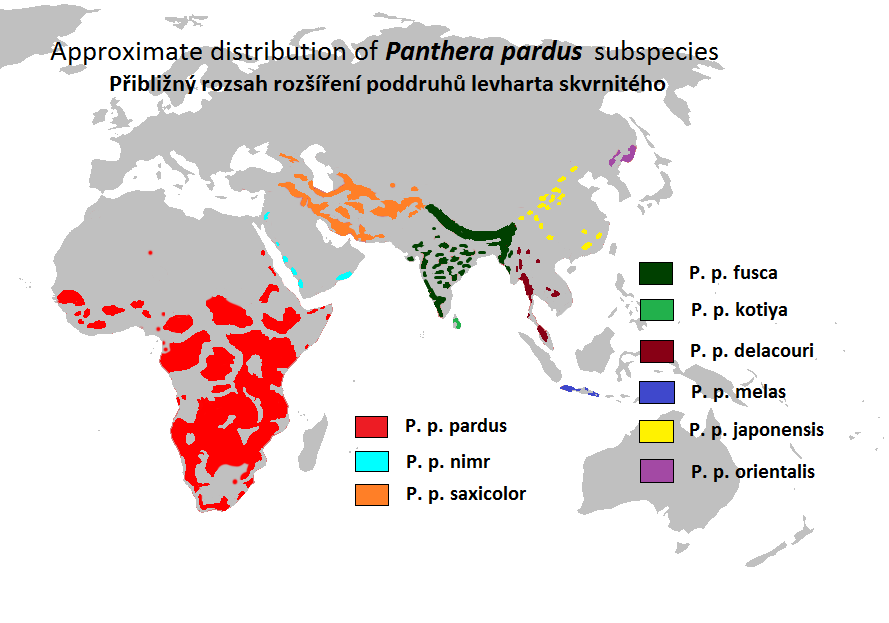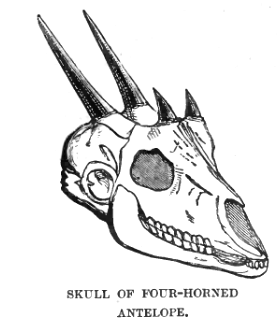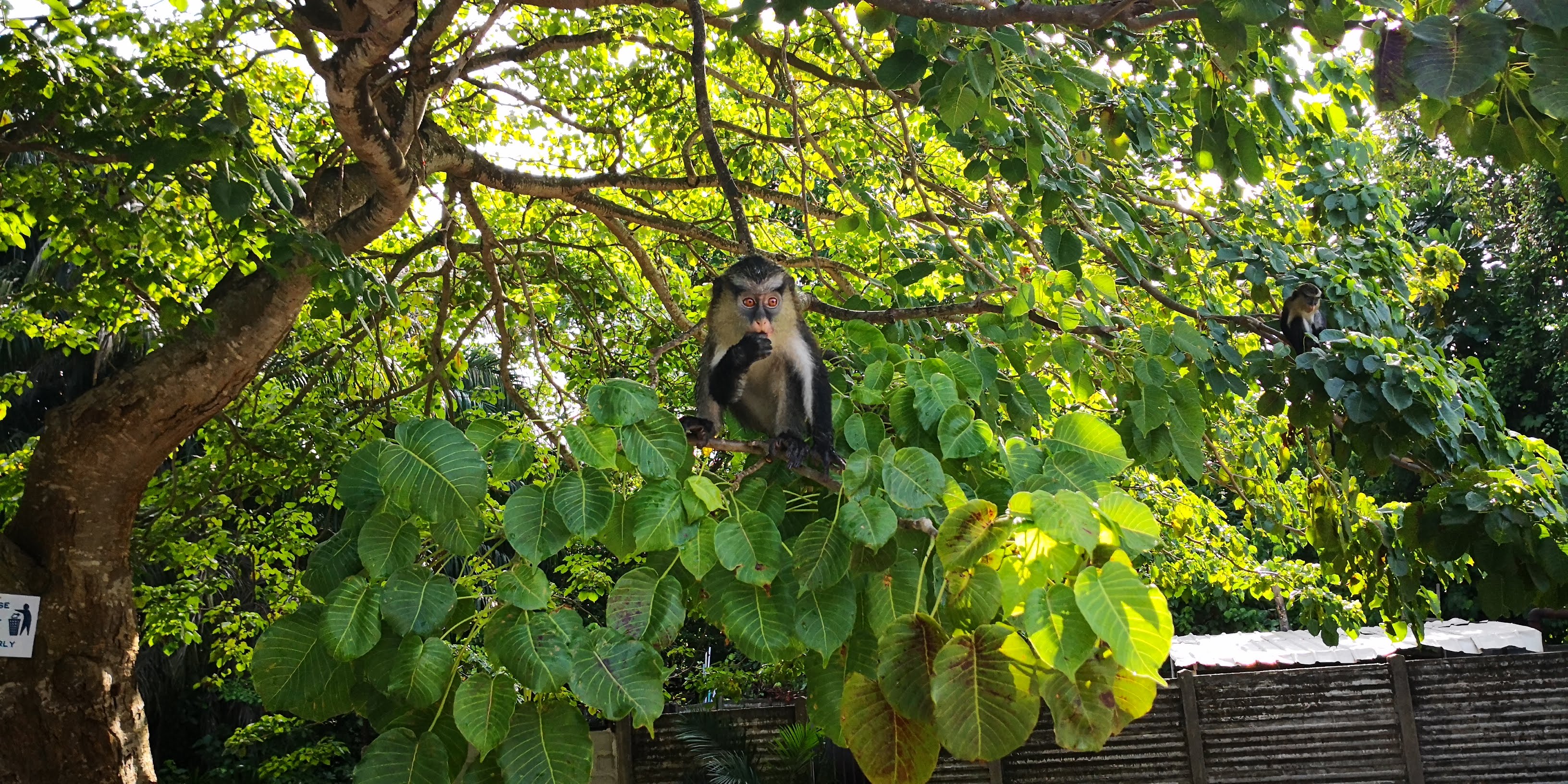|
Central Zoo
The Central Zoo is a zoo in Jawalakhel, Nepal. It is home to some 870 animals in 109 species, and is operated by the National Trust for Nature Conservation (NTNC). Although it was originally a private zoo, it was opened to the public in 1956. During the Bhoto Jatra festival, celebrated near the zoo, the zoo may see upwards of 34,000 visitors in a single day after they come to see a historical jeweled vest at the culmination of the Rato Machchhindranath jatra. History The Central Zoo was established in 1932 by Rana Prime Minister Juddha Shumser as a private zoo, and came under government control in 1950. it was built by General Maheshwar Shamshere Rana, PM Juddha Shamshere’s grandson. It was opened to the public in 1956, and in December 1995, the government handed over responsibility of the zoo to the National Trust for Nature Conservation. Although work is not complete, the NTNC has been upgrading the facilities so that animals can live in larger enclosures that simulate thei ... [...More Info...] [...Related Items...] OR: [Wikipedia] [Google] [Baidu] |
Jawalakhel
Jāwalākhel ( ne, जावलाखेल) is a subdivision of Lalitpur in Nepal. It is located 2 km from the ancient city centre Pātan, one of the three great capitals of Nepal until the 18th century. It derives its name from Jaulakhel Durbar, a palace located in Jawalakhel that was built by Bir Shumsher Jang Bahadur Rana in 1954 BS. Origin of the name Jawalakhel means "rice throwing field" in Nepal Bhasa. The name is derived from the large open field at the town's center where cooked rice is offered during an annual religious festival. The field is the venue of Bhoto Jātrā, the festival of the display of the sacred vest, which is the most important cultural event held in Jawalakhel. Highlights Bhoto Jatra is the concluding ceremony of the chariot festival of Bunga Dyah, the longest street celebration held in Patan. During the chariot festival which lasts over a month, two towering chariots containing images of the deities Bunga Dyah (Machhendranath) and Chākuwā D ... [...More Info...] [...Related Items...] OR: [Wikipedia] [Google] [Baidu] |
François' Langur
François' langur (''Trachypithecus francoisi''), also known as Francois' leaf monkey, the Tonkin leaf monkey, or the white side-burned black langur is a species of lutung and the type species of its species group. It is one of the least studied of the species belonging to the Colobinae subfamily. The species is distributed from Southwestern China to northeastern Vietnam. The total number of wild individuals is unknown, but fewer than 500 are believed to be left in Vietnam and 1,400–1,650 in China. About 60 langurs are in captivity in North American zoos. The species is named after Auguste François (1857–1935), who was the French Consul at Lungchow in southern China. Physical description François' langur is a medium-sized primate with black, silky hair. It has very distinct white sideburns that grow down from its ears to the corners of its cheeks. A morphological specialization of François' langur is its complex stomach, made up of four separate chambers. This is a ne ... [...More Info...] [...Related Items...] OR: [Wikipedia] [Google] [Baidu] |
Large Indian Civet
The large Indian civet (''Viverra zibetha'') is a viverrid native to South and Southeast Asia. It is listed as Least Concern on the IUCN Red List. The global population is considered decreasing mainly because of trapping-driven declines in heavily hunted and fragmented areas, notably in China, and the heavy trade as wild meat. Characteristics The large Indian civet is grey or tawny and has a black spinal stripe running from behind the shoulders to the root of the tail. The front of the muzzle has a whitish patch emphasized by blackish behind on each side. The chin and fore throat are blackish. The sides and lower surface of the neck are banded with black stripes and white spaces in between. The tail has a variable number of complete black and white rings. Its claws are retractable. The soles of the feet are hairy. As indicated by its common name, this is a relatively large civet, almost certainly the largest of the ''Viverra'' species and exceeded in size among the Viverridae ... [...More Info...] [...Related Items...] OR: [Wikipedia] [Google] [Baidu] |
Clouded Leopard
The clouded leopard (''Neofelis nebulosa''), also called the mainland clouded leopard, is a wild cat inhabiting dense forests from the foothills of the Himalayas through mainland Southeast Asia into South China. In the early 19th century, a clouded leopard was brought to London from China and described in 1821. It has large dusky-grey blotches and irregular spots and stripes reminiscent of clouds. Its head-and-body length ranges from with a long tail. It uses its tail for balancing when moving in trees and is able to climb down vertical tree trunks head first. It rests in trees during the day and hunts by night on the forest floor. The clouded leopard is the first cat that genetically diverged 9.32 to 4.47 million years ago from the common ancestor of the pantherine cats. Today, the clouded leopard is locally extinct in Singapore, Taiwan, and possibly Hainan Island and Vietnam. Its total population is suspected to be fewer than 10,000 mature individuals, with a decreasing pop ... [...More Info...] [...Related Items...] OR: [Wikipedia] [Google] [Baidu] |
Leopard
The leopard (''Panthera pardus'') is one of the five extant species in the genus ''Panthera''. It has a pale yellowish to dark golden fur with dark spots grouped in rosettes. Its body is slender and muscular reaching a length of with a long tail and a shoulder height of . Males typically weigh , and females . The leopard was first described in 1758, and several subspecies were proposed in the 19th and 20th centuries. Today, eight subspecies are recognised in its wide range in Africa and Asia. It initially evolved in Africa during the Early Pleistocene, before migrating into Eurasia around the Early– Middle Pleistocene transition. It was present across Europe, but became extinct in the region at the end of the Late Pleistocene, around 11,000 years ago. It is adapted to a variety of habitats ranging from rainforest to steppe, including arid and montane areas. It is an opportunistic predator, hunting mostly ungulates and primates. It relies on its spotted pattern for camo ... [...More Info...] [...Related Items...] OR: [Wikipedia] [Google] [Baidu] |
Sloth Bear
The sloth bear (''Melursus ursinus'') is a myrmecophagous bear species native to the Indian subcontinent. It feeds on fruits, ants and termites. It is listed as Vulnerable species, vulnerable on the IUCN Red List, mainly because of habitat loss and Habitat degradation, degradation. It is the only species in the genus ''Melursus''. It has also been called "labiated bear" because of its long lower lip and palate used for sucking up insects. It has a long, shaggy fur, a mane around the face, and long, sickle-shaped claws. It is lankier than brown bear, brown and Asian black bears. It shares features of insectivorous mammals and evolved during the Pleistocene from the ancestral brown bear through divergent evolution. Sloth bears breed during spring and early summer and give birth near the beginning of winter. When their territories are encroached upon by humans, they sometimes attack them. Historically, humans have drastically reduced these bears' habitat and diminished their popula ... [...More Info...] [...Related Items...] OR: [Wikipedia] [Google] [Baidu] |
Wild Boar
The wild boar (''Sus scrofa''), also known as the wild swine, common wild pig, Eurasian wild pig, or simply wild pig, is a suid native to much of Eurasia and North Africa, and has been introduced to the Americas and Oceania. The species is now one of the widest-ranging mammals in the world, as well as the most widespread suiform. It has been assessed as least concern on the IUCN Red List due to its wide range, high numbers, and adaptability to a diversity of habitats. It has become an invasive species in part of its introduced range. Wild boars probably originated in Southeast Asia during the Early Pleistocene and outcompeted other suid species as they spread throughout the Old World. , up to 16 subspecies are recognized, which are divided into four regional groupings based on skull height and lacrimal bone length. The species lives in matriarchal societies consisting of interrelated females and their young (both male and female). Fully grown males are usually solitary ... [...More Info...] [...Related Items...] OR: [Wikipedia] [Google] [Baidu] |
Four-horned Antelope
The four-horned antelope (''Tetracerus quadricornis''), or ''chousingha'', is a small antelope found in India and Nepal. Its four horns distinguish it from most other bovids, which have two horns (with a few exceptions, such as the Jacob sheep). The sole member of the genus ''Tetracerus'', the species was first described by French zoologist Henri Marie Ducrotay de Blainville in 1816. Three subspecies are recognised. The four-horned antelope stands nearly at the shoulder and weighs nearly . Slender with thin legs and a short tail, the four-horned antelope has a yellowish brown to reddish coat. One pair of horns is located between the ears, and the other on the forehead. The posterior horns are always longer than the anterior horns, which might be mere fur-covered studs. While the posterior horns measure , the anterior ones are long. The four-horned antelope is diurnal (active mainly during the day). Though solitary by nature, four-horned antelopes may form loose groups of th ... [...More Info...] [...Related Items...] OR: [Wikipedia] [Google] [Baidu] |
Sambar Deer
The sambar (''Rusa unicolor'') is a large deer native to the Indian subcontinent and Southeast Asia that is listed as a vulnerable species on the IUCN Red List since 2008. Populations have declined substantially due to severe hunting, local insurgency, and industrial exploitation of habitat. The name "sambar" is also sometimes used to refer to the Philippine deer called the "Philippine sambar", and the Javan rusa called the "Sunda sambar". Description The appearance and the size of the sambar vary widely across its range, which has led to considerable taxonomic confusion in the past; over 40 different scientific synonyms have been used for the species. In general, they attain a height of at the shoulder and may weigh as much as , though more typically .Burnie D and Wilson DE (Eds.), ''Animal: The Definitive Visual Guide to the World's Wildlife''. DK Adult (2005), Head and body length varies from , with a tail. Individuals belonging to western subspecies tend to be large ... [...More Info...] [...Related Items...] OR: [Wikipedia] [Google] [Baidu] |
Spotted Deer
The chital or cheetal (''Axis axis''; ), also known as the spotted deer, chital deer, and axis deer, is a deer species native to the Indian subcontinent. It was first described and given a binomial name by German naturalist Johann Christian Polycarp Erxleben in 1777. A moderate-sized deer, male chital reach and females at the shoulder. While males weigh , females weigh around . It is sexually dimorphic; males are larger than females, and antlers are present only on males. The upper parts are golden to rufous, completely covered in white spots. The abdomen, Rump (animal), rump, throat, insides of legs, ears, and tail are all white. The antlers, three-pronged, are nearly long. Etymology The vernacular name "chital" (pronounced ) comes from ''cītal'' ( hi, चीतल), derived from the Sanskrit Language, Sanskrit word ' (चित्रल), meaning "variegated" or "spotted". The name of the cheetah has a similar origin. Variations of "chital" include "cheetal" and "cheetul" ... [...More Info...] [...Related Items...] OR: [Wikipedia] [Google] [Baidu] |
Ring-tailed Lemur
The ring-tailed lemur (''Lemur catta'') is a large strepsirrhine primate and the most recognized lemur due to its long, black and white ringed tail. It belongs to Lemuridae, one of five lemur families, and is the only member of the ''Lemur'' genus. Like all lemurs it is endemic to the island of Madagascar and endangered. Known locally in Malagasy as ' (, spelled ' in French) or ', it inhabits gallery forests to spiny scrub in the southern regions of the island. It is omnivorous and the most terrestrial of extant lemurs. The animal is diurnal, being active exclusively in daylight hours. The ring-tailed lemur is highly social, living in groups of up to 30 individuals. It is also female dominant, a trait common among lemurs. To keep warm and reaffirm social bonds, groups will huddle together. The ring-tailed lemur will also sunbathe, sitting upright facing its underside, with its thinner white fur towards the sun. Like other lemurs, this species relies strongly on its sense of ... [...More Info...] [...Related Items...] OR: [Wikipedia] [Google] [Baidu] |
Mona Monkey
The mona monkey (''Cercopithecus mona'') is an Old World monkey that lives in western Africa between Ghana and Cameroon. The mona monkey can also be found on the island of Grenada as it was transported to the island aboard slave ships headed to the New World during the 18th century. This guenon lives in groups of up to thirty-five in forests. It mainly feeds on fruit, but sometimes eats insects and leaves. The mona monkey has brown agouti fur with a white rump. Its tail and legs are black and the face is blue-grey with a dark stripe across the face. The mona monkey carries food in cheek pouches. Description The male mona monkey has a head-and-body length of and a tail of . The female's head-and-body length is . The head has a brown crown, broad whitish brow band, grey mask of bare skin and bushy pale cheek fur. The upper parts of the body and the outer sides of the limbs are deep brown while the underparts and the insides of the limbs are creamy-white. On either side of the b ... [...More Info...] [...Related Items...] OR: [Wikipedia] [Google] [Baidu] |






_male.jpg)

